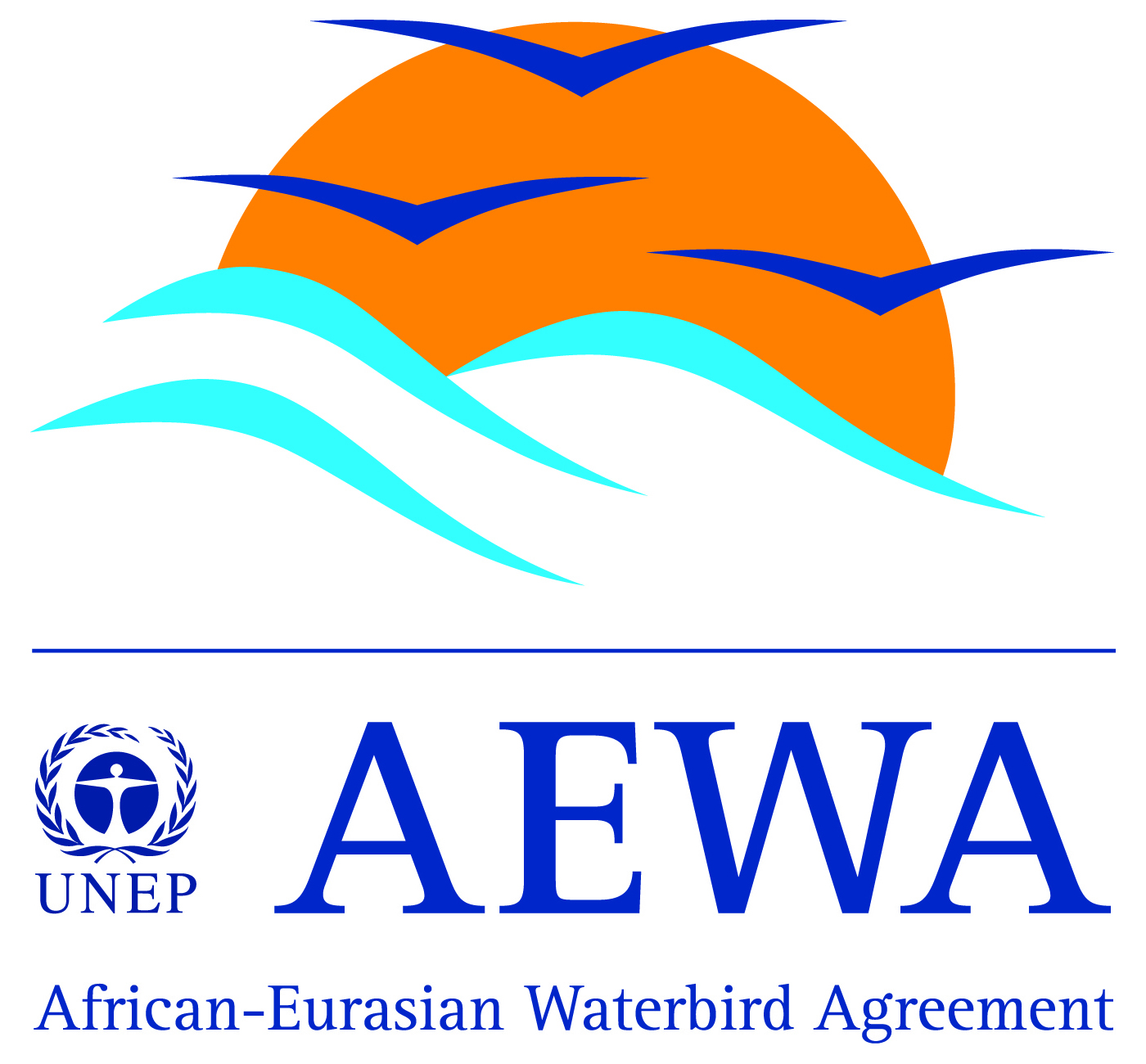Assessing the feasibility of release techniques for captive-bred burrowing owls
-
Published source details
Poulin R.G., Todd D., Wellicome T.I. & Brigham R. (2006) Assessing the feasibility of release techniques for captive-bred burrowing owls. Journal of Raptor Research, 40, 142-150.
Published source details Poulin R.G., Todd D., Wellicome T.I. & Brigham R. (2006) Assessing the feasibility of release techniques for captive-bred burrowing owls. Journal of Raptor Research, 40, 142-150.
Actions
This study is summarised as evidence for the following.
| Action | Category | |
|---|---|---|
|
Release captive-bred individuals into the wild to restore or augment wild populations of owls Action Link |
|
|
|
Foster eggs or chicks of owls with wild conspecifics Action Link |
|
|
|
Use holding pens at release sites Action Link |
|
-
Release captive-bred individuals into the wild to restore or augment wild populations of owls
A replicated, controlled study in mixed grasslands in Saskatchewan, Canada, in the springs of 1997-2000 and 2002 (Poulin et al. 2006), found that 12 of 26 pairs of burrowing owls Athene cunicularia released together stayed together for the first breeding season, with eight pairs fledging a total of 43 young. Six birds paired with wild owls, raising 31 young in their first years. Reproductive output did not differ between wild and captive pairs, but mortality of released owls was significantly higher than wild birds (19% of 52 released birds dying vs. 4% of 780 wild birds). Five birds (10%) failed to migrate and no released birds returned after migration. Only one offspring from released birds returned to the area the following year, but this was not significantly different from return rates for the offspring of wild birds. This study also describes fostering and release techniques (see ‘Foster chicks with wild conspecifics’ and ‘Use holding pens at release sites’).
-
Foster eggs or chicks of owls with wild conspecifics
A replicated, controlled trial in mixed grasslands in Saskatchewan, Canada, in 2001-3 (Poulin et al. 2006), found that captive-reared burrowing owl Athene cunicularia chicks fostered to wild nests appeared to have lower survival rates than their wild foster siblings, but that this difference was not significant (six of nine foster owls died before migration vs. two of nine wild chicks). There were no differences in growth rates between wild chicks and captive chicks fostered at two to four days after hatching, three weeks after hatching or six weeks after hatching. In total, 54 birds were fostered, but not all could be monitored. Foster parents were supplied with one dead mouse a day for each fostered chick in their brood. This study is also discussed in ‘Release captive bred individuals’ and ‘Use holding pens at release sites’.
-
Use holding pens at release sites
A small study at a mixed grassland site in Saskatchewan, Canada, in the springs of 1997-2000 and 2002 (Poulin et al. 2006), found that released pairs of burrowing owls Athene cunicularia were more likely to form pairs when they were held in release enclosures for five days, or until they began laying, compared with birds only held for three days before the enclosure was removed (all eight pairs remained together when enclosures were kept for five days or until laying vs. 22% of 18 pairs remaining together when enclosures were kept for just three days). This study is also discussed in ‘Release captive bred individuals’ and ‘Foster chicks with wild conspecifics’.
Output references
|
|





)_2023.JPG)














